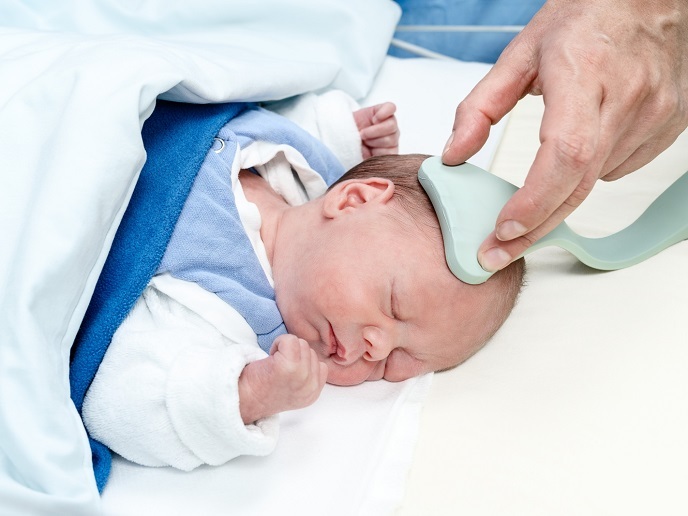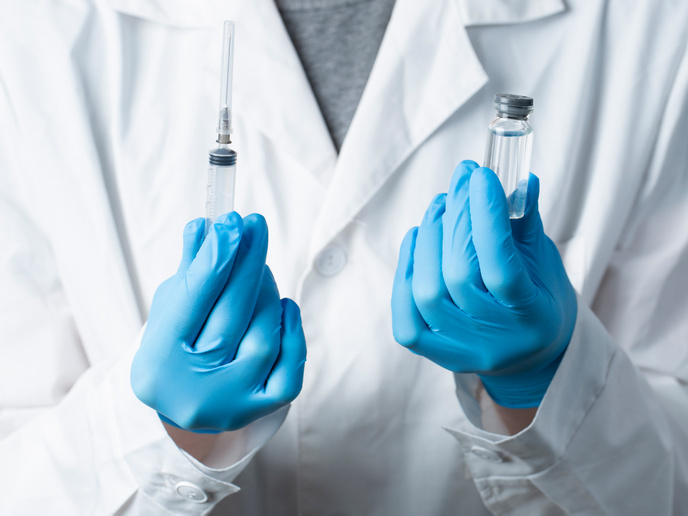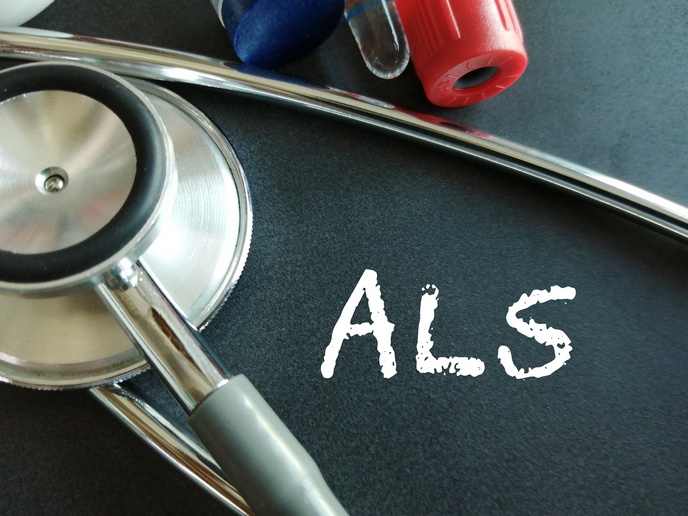A soft, high-precision brain oxygen sensor for pre-term babies
Pre-term babies, born prior to gestational week 37, have an underdeveloped respiratory and cardiovascular system. Therefore, they require early oxygen therapy, since little variations can produce irreversible damage to the brain leading to neurological impairments or paralysis. Dynamic and unpredictable perfusion conditions add to this challenge. However, current devices for monitoring oxygen supply to the brain are often adapted from oximeters initially designed for adults, struggling to deal with the fragile environment in the brains of pre-term babies.
A non-invasive oximeter for pre-term babies
To address this problem, scientists of the EU-funded OXYPREM(opens in new window) project developed a high-precision brain oxygen sensor designed especially for pre-term babies. “The difficulty is not in treating, but in detecting oxygen undersupply in the brains of pre-term babies. With our team at OXYPREM, we help to resolve this problem by taking a high-quality, high-precision approach,” explains Alexander Nitsch, OXYPREM coordinator. OXYPREM is based in Zurich, Switzerland and supported by renowned organisations like Venture Kick and Wyss Zurich. OXYPREM consists of a near-infrared spectroscopy(opens in new window) (NIRS) sensor embedded in soft biocompatible silicone which attaches to the baby’s head. It sends harmless light of several wavelengths into the tissue and then checks which of these light waves are reflected. Advanced algorithms transform these signals into oxygenation measurements. The OXYPREM device is a comfortable, easy-to-use device that can be adapted for any patient at the risk of hypoxia or any body part which is at least 30 mm thick. Unlike most other devices in the market, it is reusable, and it can be easily disinfected with alcoholic wipes, substantially reducing waste and bringing down the cost in routine use. Clinical study experience has shown OXYPREM’s unmet levels of precision. “In a typical scenario, other devices will provide false positive or false negative readings in about 1 out of 6 measurements, whereas with OXYPREM, this ratio drops to about 1 in 200 measurements,” emphasises Nitsch.
Bringing OXYPREM to the market
Approximately 15 million babies are born prematurely every year worldwide and the numbers are expected to rise. Especially in Western societies where women tend to have children at a later point in life, the likelihood of pre-term birth is increased. In developing countries, pre-term birth numbers have always been high due to difficult environments. Following stringent optimisation, the OXYPREM high-precision sensor has successfully obtained certification in the EU, leading to a CE marked medical device(opens in new window). Industrialisation and commercialisation activities are underway for the device to enter the market. Currently OXYPREM is being used in 25 hospitals across Europe. The next steps involve extending the range of clinical and business partners to enable OXYPREM to reach the entire European healthcare market. The project’s dissemination strategy includes attending specialised neonatal conferences and events to create awareness among the neonatology community about the advantages of the OXYPREM sensor. Nitsch is confident that, “the performance of the device will help neonatal intensive care unit personnel to avoid the risk of irreversible brain damage during the first days and weeks of life and reduce the burden on health systems and families.”







